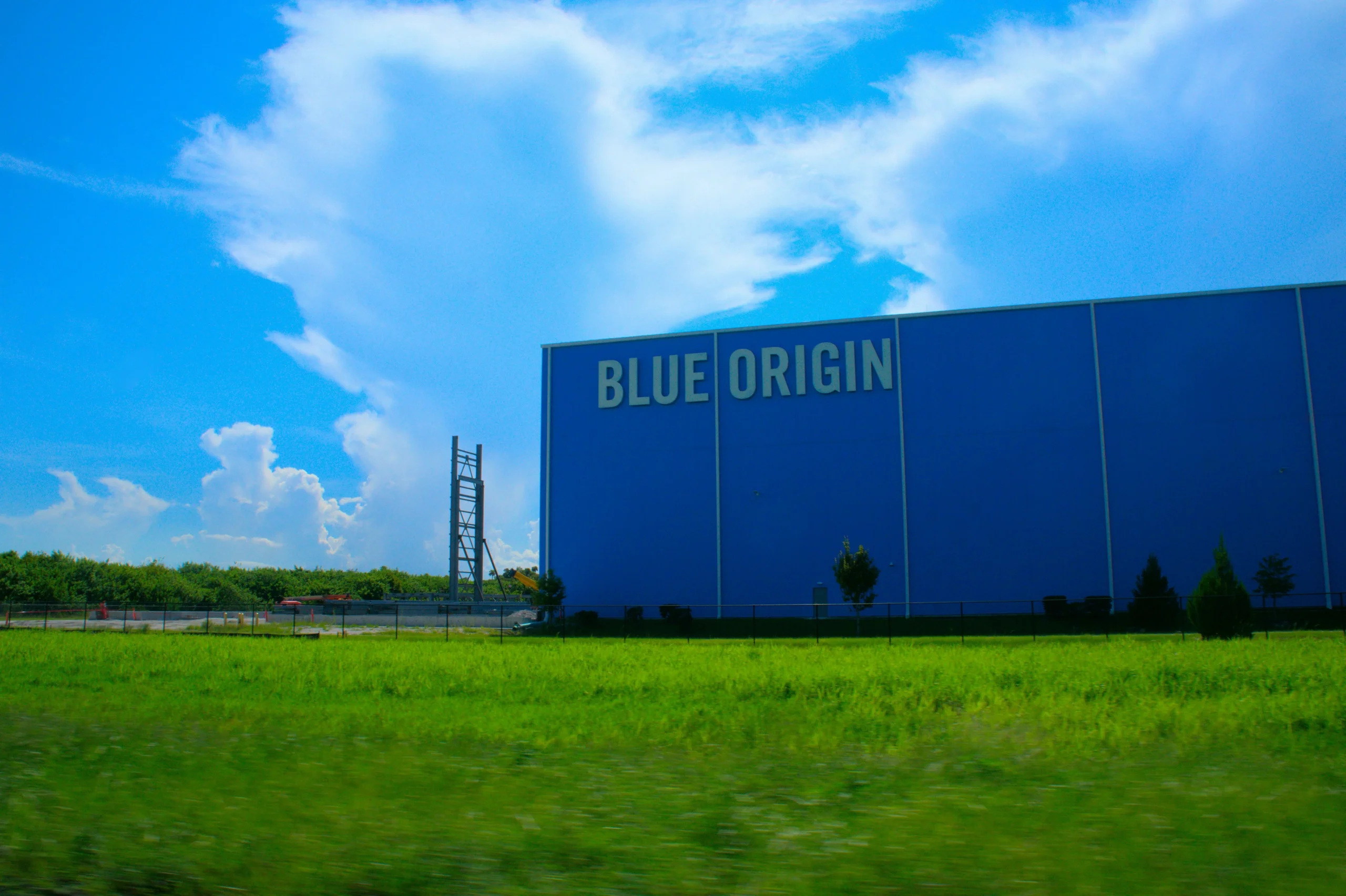The allure of space, once confined to science fiction, is rapidly transforming into a tangible reality. Space tourism, the concept of ordinary individuals venturing beyond Earth’s atmosphere for leisure, is no longer a distant dream but a burgeoning industry poised for significant growth. This shift has captured the attention of investors, who see the potential for a substantial return in this emerging sector.

Several key factors fuel the transition from astronaut-only expeditions to accessible space travel. Breakthroughs in rocket technology have made spaceflight more efficient and cost-effective. Increased competition among private space companies is driving innovation and pushing down prices. Simultaneously, a growing segment of adventurous individuals with the means to do so are expressing a strong desire to experience the unique perspectives and sensations that space offers. This confluence of technological advancements, competitive market dynamics, and burgeoning consumer demand positions space tourism as a potential investment boom.
The foundation for this industry was laid in the early 2000s when individuals like Dennis Tito, an American millionaire, embarked on the first privately funded spaceflights to the International Space Station (ISS). While these early ventures were groundbreaking, the true momentum for space tourism has accelerated in the last decade with the emergence of private space companies.
Several key players are at the forefront of this burgeoning industry:
- SpaceX: Under the leadership of Elon Musk, SpaceX has revolutionized the space industry with its reusable rocket technology and has already conducted crewed missions to the ISS. Their 2021 Inspiration4 mission marked a historic moment as the first all-civilian mission to orbit. SpaceX’s long-term vision extends beyond Earth, with aspirations to establish a multi-planetary civilization on Mars.
- Blue Origin: Founded by Jeff Bezos of Amazon, Blue Origin has focused on suborbital flights with its New Shepard rocket. In 2021, Jeff Bezos himself participated in a flight to space alongside a crew of civilian passengers. Blue Origin’s objective is to make space travel a more accessible and routine experience.
- Virgin Galactic: Richard Branson’s Virgin Galactic is concentrating on suborbital spaceflights using its SpaceShipTwo vehicle. Branson himself experienced spaceflight on the first fully crewed mission in July 2021. The company aims to offer regular commercial flights for paying customers.
- Axiom Space: Axiom Space is taking a different approach by focusing on the development of the first commercial space station. They plan to launch their initial module in 2026 and also organize private missions to the ISS.
- Space Perspective: A more recent entrant, Space Perspective, is exploring a unique method of space tourism by offering high-altitude balloon rides to the edge of space. Passengers will be able to enjoy panoramic views of Earth from a pressurized capsule.
The convergence of technological innovation, competitive market forces, and a growing desire for extraordinary experiences positions space tourism as a compelling area for investment. As these companies continue to mature and expand their offerings, the accessibility and affordability of space travel are expected to increase, potentially leading to significant returns for early investors.
Read more – https://en.wikipedia.org/wiki/Space_tourism
The Business Potential of Space Tourism
The space tourism sector is not just a futuristic fantasy; it’s rapidly evolving into a tangible and lucrative business opportunity. Driven by technological advancements, increasing competition, and a growing appetite for unique experiences, this industry is poised for significant expansion, attracting substantial investment interest.
Market Size and Growth Projections
The current valuation of the space tourism market reflects its nascent but rapidly expanding nature. In 2022, the market was estimated to be worth approximately $851 million. However, the trajectory of this industry is remarkably steep, with projections indicating a robust compound annual growth rate (CAGR) of over 37% between 2023 and 2030. This signifies a potential for exponential growth in the coming years.
Furthermore, the broader space economy is expected to experience a massive surge in value. Morgan Stanley estimates that the overall space economy could exceed $1 trillion by 2040, with space tourism playing a pivotal role in driving this expansion. This highlights the significant long-term potential of this sector.

The current activity within the industry underscores this growth potential:
- Virgin Galactic has demonstrated strong demand by selling over 800 tickets for its suborbital flights. Ticket prices range from $250,000 to $450,000 per seat, indicating a willingness among high-net-worth individuals to invest in this unique experience.
- Blue Origin has already successfully flown more than 30 private passengers since its inaugural crewed mission, showcasing the operational capability and the market’s receptiveness to its offerings.
- SpaceX, with its ambitious plans for lunar and Mars missions, is not just focused on orbital flights. Their future endeavors could unlock entirely new revenue streams within the realm of space tourism, offering unprecedented travel opportunities.
Revenue Streams and Investment Opportunities
The space tourism industry offers a diverse range of potential revenue streams and investment opportunities:
- Ticket Sales: The primary revenue source for current space tourism ventures is the sale of tickets for various types of spaceflights. Initially targeting the ultra-wealthy, the expectation is that ticket prices will become more accessible over time as technology advances and competition intensifies. This will broaden the customer base significantly.
- Space Hotels and Habitats: Companies like Axiom Space are actively developing commercial space stations. These facilities would offer tourists the opportunity for extended stays in space, creating a new segment of the market focused on longer-duration space experiences. This opens up opportunities for investments in infrastructure and hospitality in space.
- Lunar Tourism: SpaceX’s development of the Starship is specifically geared towards missions to the Moon and Mars. This could pave the way for lunar tourism, offering a truly extraordinary and potentially high-value travel experience. Investors in companies with lunar capabilities stand to benefit from this emerging frontier.
- Suborbital Flights: Short suborbital trips to the edge of space are designed to appeal to a wider range of customers once pricing becomes more affordable. As technology matures and operational costs decrease, suborbital flights are expected to become a more mainstream form of luxury travel, offering a significant market for companies like Virgin Galactic and Blue Origin.
Why There’s So Much Interest in Space Tourism
The burgeoning interest in space tourism stems from a confluence of compelling factors that tap into fundamental human desires and technological advancements:
- Adventure and Prestige: At its core, space travel represents the ultimate adventure. The allure of being among the select few to experience the Earth from the unique vantage point of space and to feel the sensation of weightlessness is a powerful motivator. For many, this represents the pinnacle of human achievement and a deeply personal aspiration. The prestige associated with being a space tourist further enhances its appeal, offering a unique status symbol.
- Technological Advances: Significant progress in rocket technology has been a primary catalyst for the rise of space tourism. The development of reusable rocket technology has been a game-changer. Companies like SpaceX, with their Falcon 9 rockets capable of landing and being reused, have dramatically reduced the cost of launching payloads into space. This innovation directly translates to lower operational costs for space tourism ventures, making the prospect more economically viable.
- Increasing Accessibility: While the initial cost of space travel remains substantial, there is a clear trend towards increasing accessibility. Companies are actively working to bring down the price point. Virgin Galactic, for instance, aims to see its ticket prices fall below $100,000 per seat within the next decade. Similarly, Blue Origin and SpaceX are also focused on making space trips more affordable for a broader segment of the population. This downward trend in cost is crucial for expanding the potential customer base significantly.
- Celebrity Influence: The involvement of high-profile individuals has played a significant role in generating global interest and adding a layer of glamour and credibility to the industry. Visionary entrepreneurs like Jeff Bezos, Richard Branson, and Elon Musk have not only founded and invested in these ventures but have also personally participated in spaceflights. Furthermore, the participation of celebrities and influencers in space tourism helps to capture public attention and normalize the idea of space travel for leisure.
Challenges and Risks
Despite the immense excitement surrounding space tourism, the industry also faces several significant challenges and risks:
- High Costs: Even with advancements in technology, the inherent costs associated with space travel remain substantial. This currently limits the potential customer base to a relatively affluent segment of the population.
- Safety Concerns: The inherent dangers of spaceflight cannot be ignored. Accidents, such as the tragic 2014 Virgin Galactic crash, serve as a stark reminder of the risks involved in this endeavor. Ensuring the safety of passengers is paramount for the long-term sustainability and public acceptance of space tourism.
- Environmental Impact: The environmental consequences of frequent rocket launches are a growing concern. Rocket launches produce carbon emissions and other environmental effects that could become a significant issue as the space tourism industry scales up and the number of launches increases.
The Future of Space Tourism
The next decade holds the potential for a transformative period for space tourism. By 2030, it is anticipated that regular suborbital flights will be available at price points under $100,000, making them accessible to a wider demographic. Furthermore, the development of commercial space stations could lead to multi-day stays in orbit becoming a common experience.
Beyond Earth’s orbit, SpaceX’s ambitious plans for Mars missions could eventually open the door for interplanetary tourism, a truly groundbreaking development. Continued advancements in propulsion technology are expected to further reduce travel times and costs, making space travel more efficient and affordable.
The landscape of space tourism is also becoming more competitive with new companies entering the field, fostering greater innovation and driving down prices. The emergence of hypersonic travel, which could facilitate rapid point-to-point travel on Earth by reaching the edge of space, could further blur the lines between aviation and space tourism, offering new and exciting possibilities.
In the long term, space tourism has the potential to be a crucial stepping stone towards permanent human settlement in space, including the establishment of lunar bases and Mars colonies. The infrastructure developed for tourism, such as spaceports, space hotels, and life-support systems, will be invaluable for future exploration and colonization efforts.
Conclusion: A Frontier Worth Investing In
Space tourism is not merely a futuristic fantasy; it represents the dawn of a new era in human exploration and commercial space activity. While the financial barriers are currently high and the inherent risks are real, the potential rewards are immense. As technology continues to improve and competition intensifies, space tourism is poised to become a more mainstream activity within our lifetime. For investors, this presents a unique opportunity to be at the forefront of what could very well be the most significant economic boom of the 21st century.
Also read: https://victoryhubs.com/finance/cryptocurrency/xapo-launch-bitcoin-backed-loans/
Pingback: Living with AI: A New Era of Intelligence